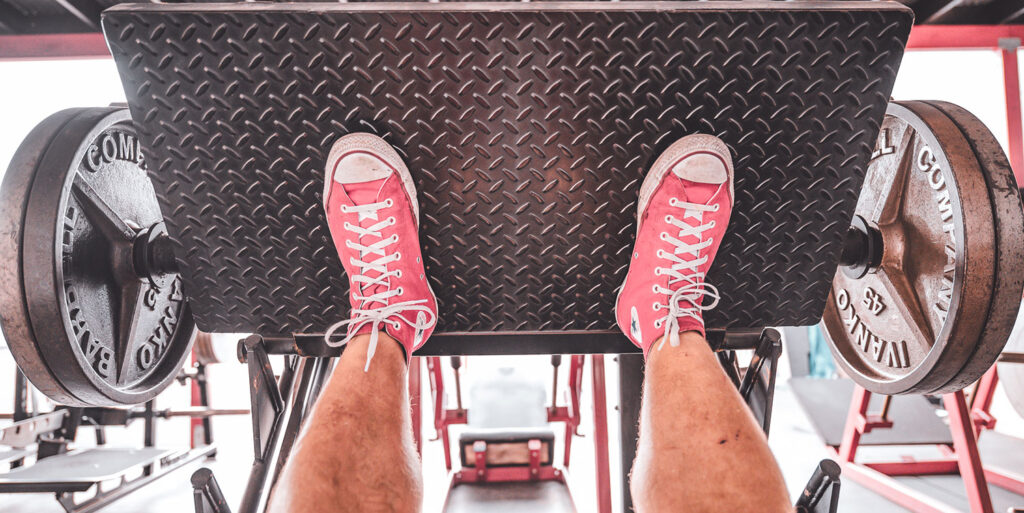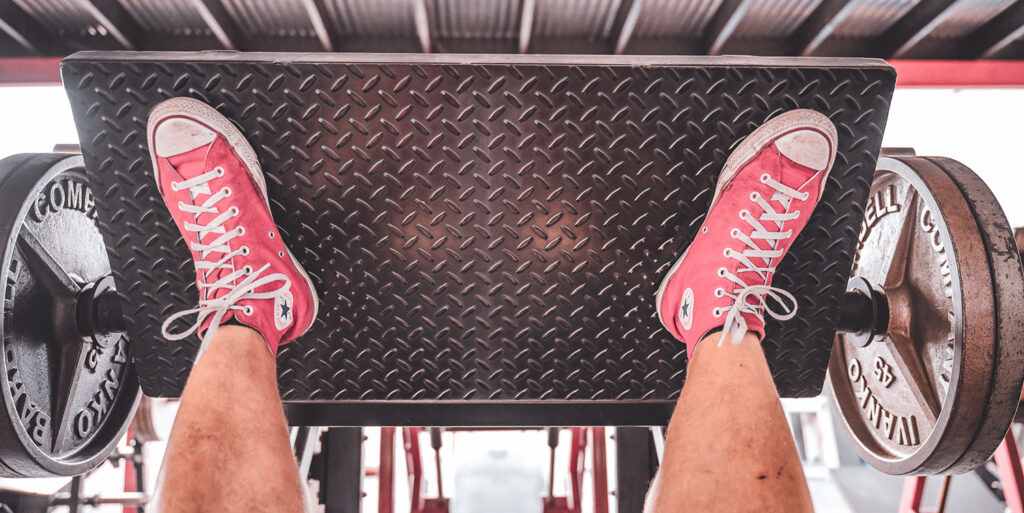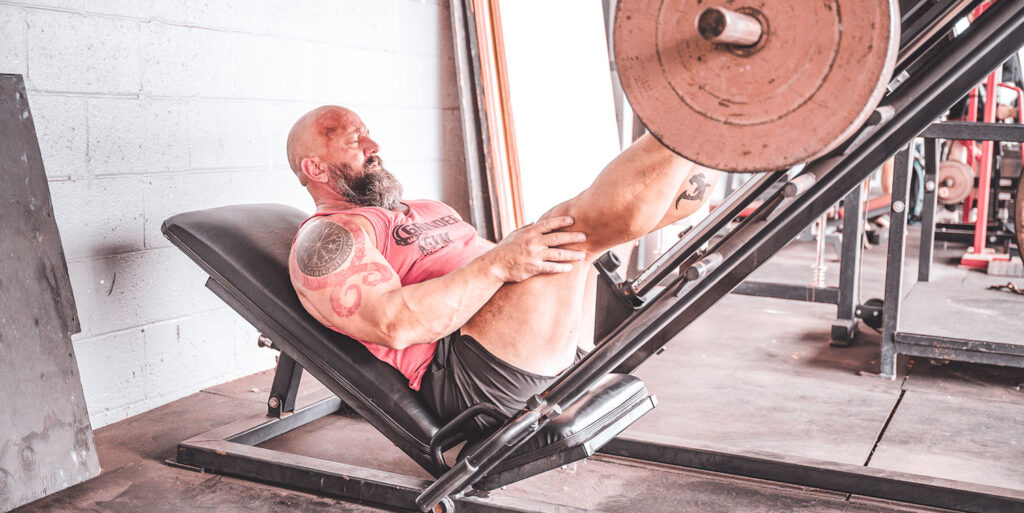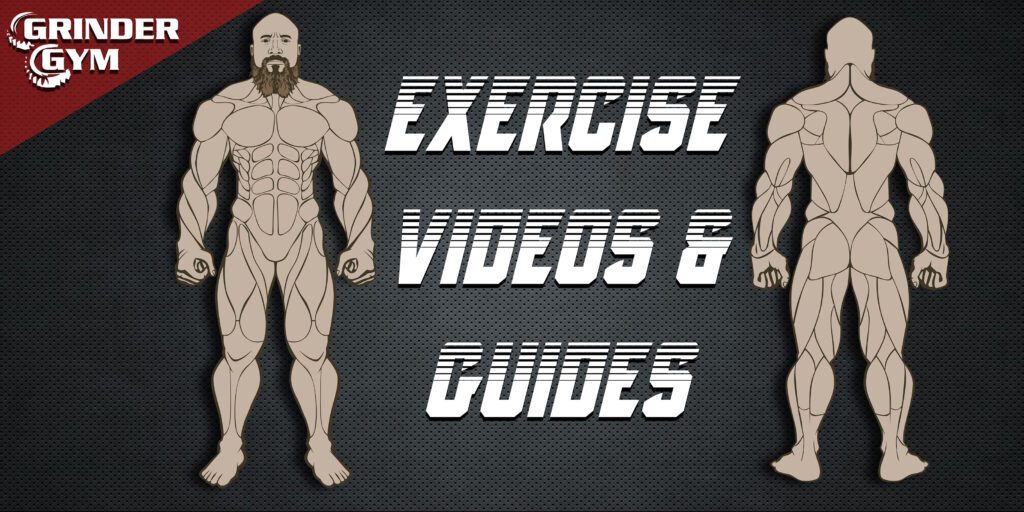The leg press is a staple exercise in many strength training routines, targeting the muscles of the lower body, primarily the quadriceps, hamstrings, and glutes. While it may seem like a straightforward exercise, the placement of your feet on the footplate can significantly impact which muscles are emphasized during the movement. In this article, we’ll delve into various foot placement options for the leg press and discuss how each one affects your workout.
The Standard Shoulder Width Stance

The standard shoulder-width stance is the most common leg press foot placement. In this position, your feet are positioned hip-width apart, and your toes are pointed straight ahead. This stance primarily targets the overall development of the quadriceps and engages the glutes and hamstrings to a lesser extent.
Benefits:
- Balanced development of the leg muscles.
- Minimizes stress on the knee joints.
Tips:
- Ensure your knees are aligned with your toes during the exercise.
- Focus on controlled movements and full range of motion.
The Narrow-Low Stance

The narrow-low stance involves placing your feet close together on the lower portion of the footplate. This foot placement targets the inner thighs (adductors) and places a greater emphasis on the quadriceps.
Benefits:
- Isolates the inner thigh muscles.
- Provides a unique stimulus for quadriceps development.
Tips:
- Keep your knees in line with your toes to prevent knee strain.
- Use a lighter weight to avoid excessive stress on the knee joints.
The Wide-High Stance

Conversely, the wide-high stance entails positioning your feet wider apart on the upper part of the footplate. This stance primarily engages the outer thighs (abductors) and shifts some of the focus from the quadriceps to the adductors.
Benefits:
- Targets the outer thigh muscles.
- Provides a unique challenge for hip abductors.
Tips:
- Maintain proper form to avoid straining the hips and lower back.
- Start with a lighter weight to adapt to this foot placement.
The Narrow-High Stance

The narrow-high stance combines the narrow foot placement with an upper footplate position. This placement puts a strong emphasis on the quadriceps while also engaging the hamstrings and glutes.
Benefits:
- Intensifies the activation of the quadriceps.
- Provides a dynamic workout for the hamstrings and glutes.
Tips:
- Focus on a slow and controlled range of motion.
- Be cautious of excessive knee strain and adjust the weight accordingly.
Conclusion
The leg press is a versatile exercise that allows for a variety of foot placements, each targeting different muscle groups to varying degrees. The choice of foot placement should align with your specific goals and any physical limitations you may have. Here’s a quick recap of the foot placement options for the leg press and their key benefits:
- Standard Shoulder Width Stance: Balanced leg muscle development with minimal knee strain.
- Narrow-Low Stance: Isolates the inner thighs and emphasizes the quadriceps.
- Wide-High Stance: Targets the outer thighs and provides a unique challenge for the hip abductors.
- Narrow-High Stance: Intensifies quadriceps activation while engaging the hamstrings and glutes.
Your choice of foot placement should be based on your training objectives. If your goal is to build well-rounded leg strength and muscle mass, incorporating different foot placements into your leg press routine over time can be a smart approach. It’s important to note that individual biomechanics and comfort levels may influence your preferred foot placement.
Here are some additional tips to make the most of your leg press workouts:
- Always warm up properly before starting your leg press routine.
- Use proper form, including maintaining a neutral spine and avoiding excessive knee movement.
- Start with a weight that allows you to perform the desired number of reps with good form.
- Gradually increase the weight as your strength improves.
Lastly, consult with a fitness professional or physical therapist if you have any pre-existing injuries or medical conditions that may affect your choice of foot placement or your ability to perform the leg press safely.
Incorporating different foot placements into your leg press routine can help you target specific muscle groups and add variety to your workouts. Remember that consistency, proper form, and gradual progression are key to achieving your leg training goals safely and effectively.
Recommended Articles
Sled Plate Loaded Leg Press
The Sled Plate Loaded Leg Press is a versatile and effective strength training machine designed to target the lower body muscles. [Read more…]

